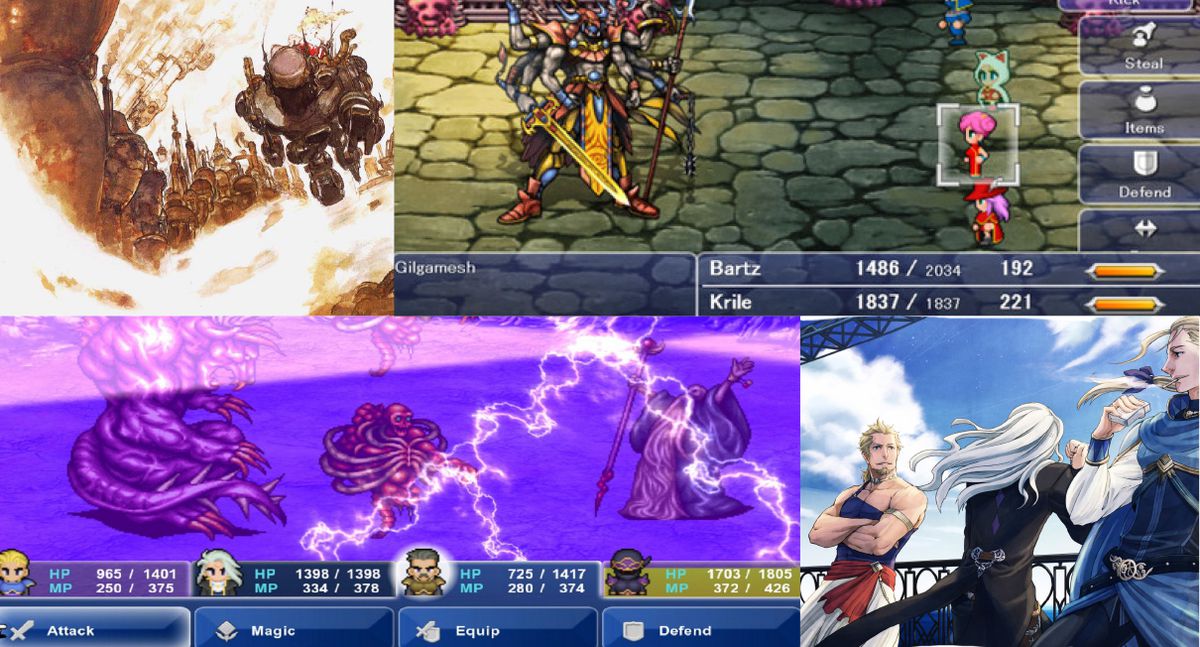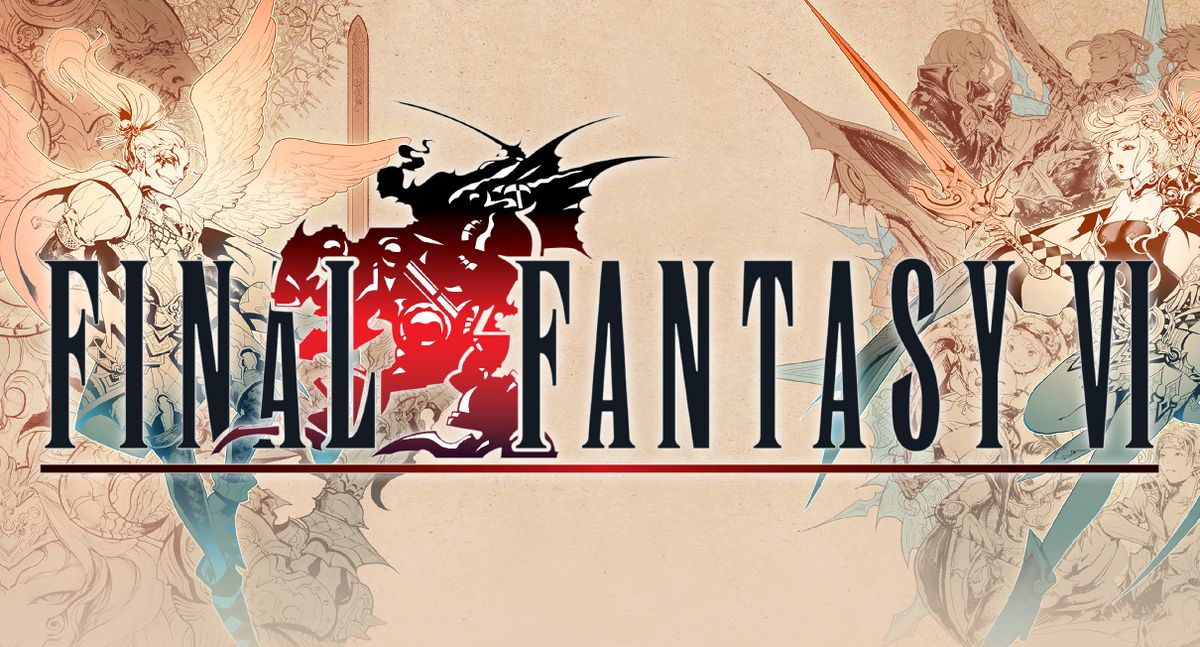It’s no secret—Japanese RPG (JRPG) is making a huge comeback on the PC, with Steam spearheading the effort to make these games more and more available to the English-speaking world. While the genre is over twenty years old and many of the games’ graphics reflect that, the rich story lines, dynamic gameplay and the ability to relate to the characters are some factors that keep the fans coming back for more.
Final Fantasy VI is considered one of the best of the series (although many of you reading may have started with its successor, VII). The 1994 classic first appeared on the Super Nintendo Entertainment System as Final Fantasy III in North America. There has been much confusion over the numbering of the games. While the original Final Fantasy was released for the Nintendo Entertainment System in 1990, Final Fantasy IV was released as Final Fantasy II in 1991. The other games didn’t make it out of Japan until later in the decade, when Final Fantasy Anthology (V and VI) was released in 1999 and Final Fantasy Chronicles (IV and Chrono Trigger) were released in 2001, both on Sony PlayStation. Both games made use of FMV technology that was brand new at the time.

The plot of Final Fantasy VI takes place on an unnamed world divided into three continents called the World of Balance. The game is largely steampunk-themed; steampunk refers to the technology of the Second Industrial Revolution along with a society that appreciates opera and the fine arts. Magic also plays a huge role in VI, as the main antagonist for the first half of the game, the Gestahlian Empire, is pursuing Espers, magical beings that hold immense power. The Returners and the Kingdom of Figaro have joined in an alliance to stop the Empire from using the Espers to control the world. However, a sinister force, Kefka Palazzo, who serves as a court jester and army general to Emperor Gestahl, has his own plans for world domination and seeks control over all magic to become the God of Magic.
Like many JRPGs, you collect characters, gear, and Espers who teach your characters Magic to aid in your quest to defeat the Gestahlian Empire and Kefka. While many of these games have a clear protagonist and several supporting characters, VI employs an ensemble approach to the game in which each character gets equal billing. These characters include Terra Branford, a half-esper, half-human initially under control of the Empire to collect magic and Espers. Locke Cole, a thief who refers to himself as a “treasure hunter,” also joins the group to avenge the death of his love interest at the hands of the Empire and is also a member of The Returners. Other characters include Celes Chere, a former Imperial general who was enhanced with magic abilities, becoming a Magitek Knight; Edgar Figaro, the king of Figaro and his martial artist twin brother, Sabin Figaro; Cyan Garamonde, a citizen of Doma, another of the Empire’s enemies; Shadow, an assassin for hire; Gau, a feral child who can learn the abilities of the enemies you encounter in the game; Setzer Gabbiani, a gambler and airship owner; Strago Magus, an elderly gentleman who can also learn the moves of his enemies; Relm, his granddaughter, an artist/magician who can control monsters (making her extremely useful when used with her grandfather’s ability to learn enemy skills); Mog, a Moogle (a staple of the series) who can speak the human language and attack with the environment. There are also two optional character, such as Gogo, who can be customized to the player’s liking with the others’ skills, and Umaro, a yeti who can only equip relics and cannot be controlled in battle, who has immense power. VI also has the most controllable characters in the series at 14, so it is entirely possible to create teams who rely only on physical attacks or on magic.
You can make your characters more powerful by equipping gear—in this case, a weapon, shield, helm, armor, and two relics (accessories). Characters can also equip Espers to learn magic at a certain rate. While there are certain characters that are more naturally inclined to learn Magic (Terra and Relm, for example), it is best to spread your Espers around so that all characters can learn spells. In addition, there will also be times during the game where you will have to form multiple parties, so keeping everyone around the same level will also help you progress through the game more easily.

My issue with the game is that it used the iOS port for Steam rather than the SNES version. The iOS port may look unfamiliar to those who have played the game on the SNES or on PlayStation, and one will have to navigate a new layout. While the graphics seem more improved over the 1994 rendition, Steam games are usually played on a high-powered computer, while the graphics of the iOS version of VI are more optimized for mobile devices. Another issue is the battle screen—the Active Time Battle (ATB) gauges fill up in a pop-up sense, whereas the SNES/PS1 versions had a bar that simply filled up and gave you the choices to attack, use magic, a special ability, or an item. The buttons indicating whether to attack, use magic, an item, etc. are also unnecessarily large, taking up valuable screen space. This is especially annoying if you play on a computer that doesn’t max out at 1920×1080 resolution.
While Steam is encouraging people to revisit JRPGs, Final Fantasy VI could have used the original port rather than the iOS one, as many fans of the game have been playing for quite some time. While this is one of my favorite games in the series, my recommendation for any future Final Fantasy ports to PC is (one for IX is on its way this year): if it isn’t broke, don’t fix it.
Also published in GADGETS MAGAZINE February 2016 Issue
Words by Jose Alvarez
Developer: Square Enix | Publisher: Square Enix | Platform: PC
